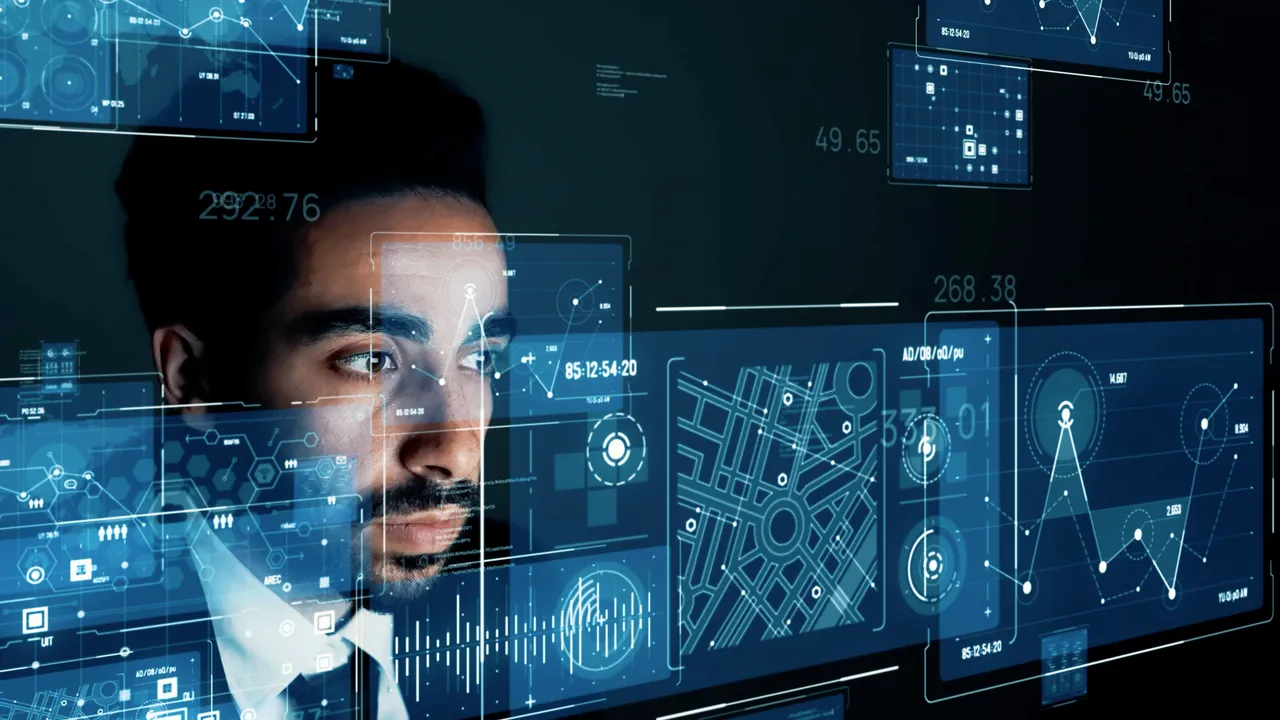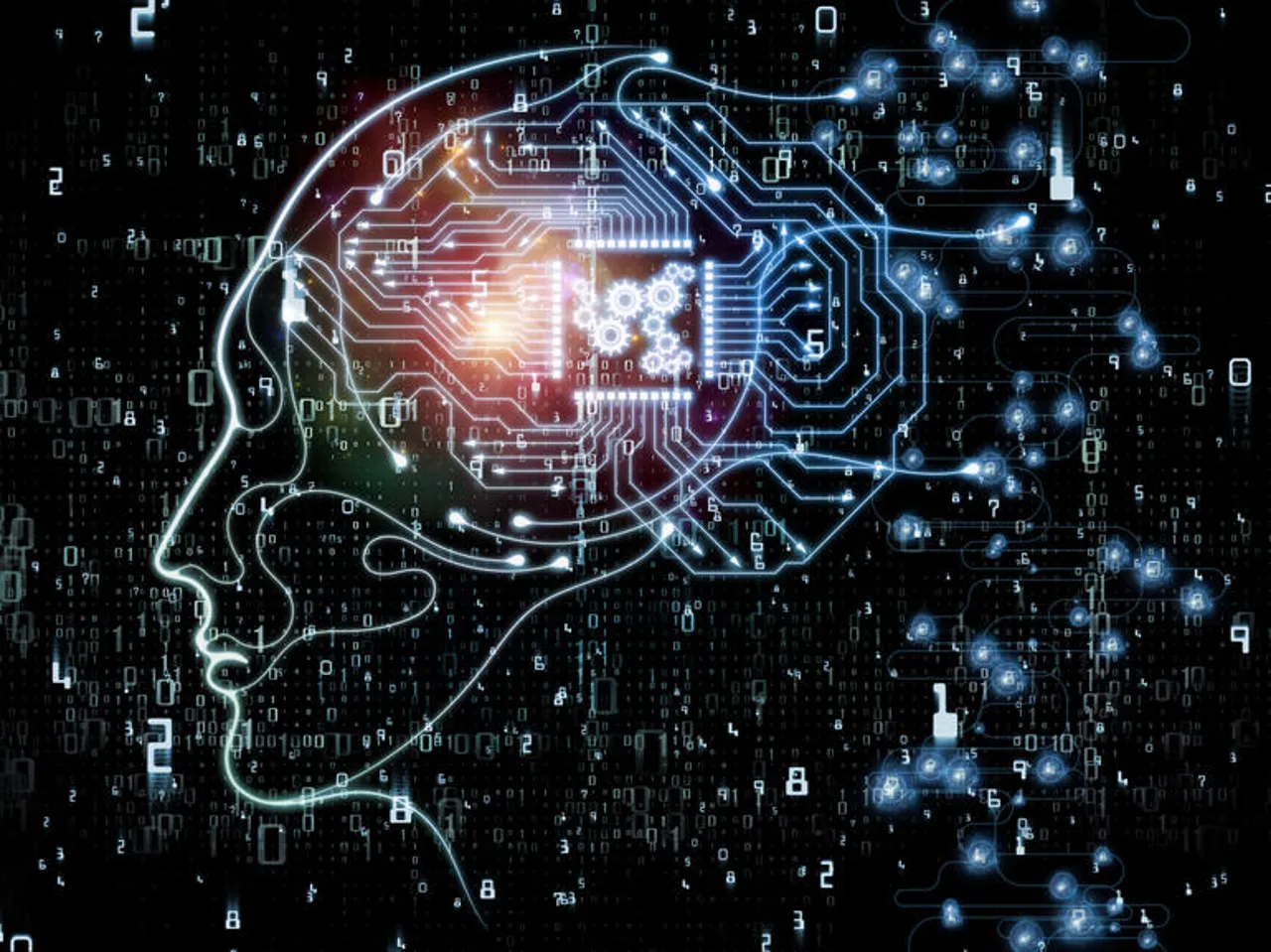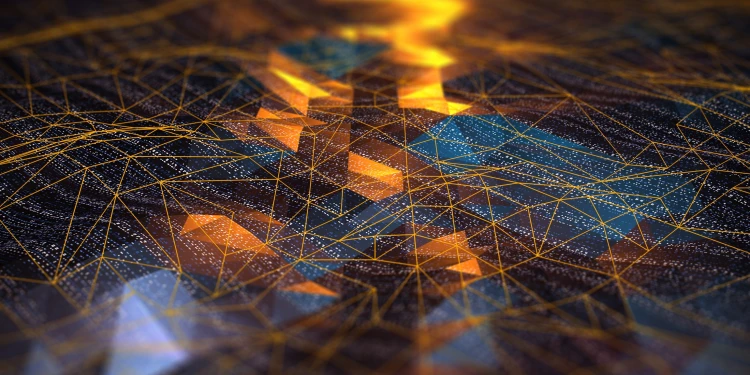2022 technology trend review, part two: AI and graphs

AI and graphs have a few things in common: they are multi-faceted, ubiquitous in their applications, and seeing rapid growth in the 2020s.
In the spirit of the last couple of years, we review developments in what we have identified as the key technology drivers for the 2020s in the world of databases, data management and AI. We are looking back at 2021, trying to identify patterns that will shape 2022.
Today we pick up from where we started with part one of our review, to cover AI and knowledge graphs.
In principle, we try to approach AI holistically. To take into account positives and negatives, from the shiny to the mundane, and from hardware to software. Hardware has been an ongoing story within the broader story of AI for the last few years, and we feel it’s a good place to start our tour.
For the last couple of years, we have been keeping an eye on the growing list of “AI chips” vendors, i.e. companies that have set out to develop new hardware architectures from the ground up, aimed specifically at AI workloads. All of them are looking to get a piece of a seemingly ever-growing pie: as AI keeps expanding, said workloads keep growing, and servicing them as fast and as economically as possible is an obvious goal.


.webp)
